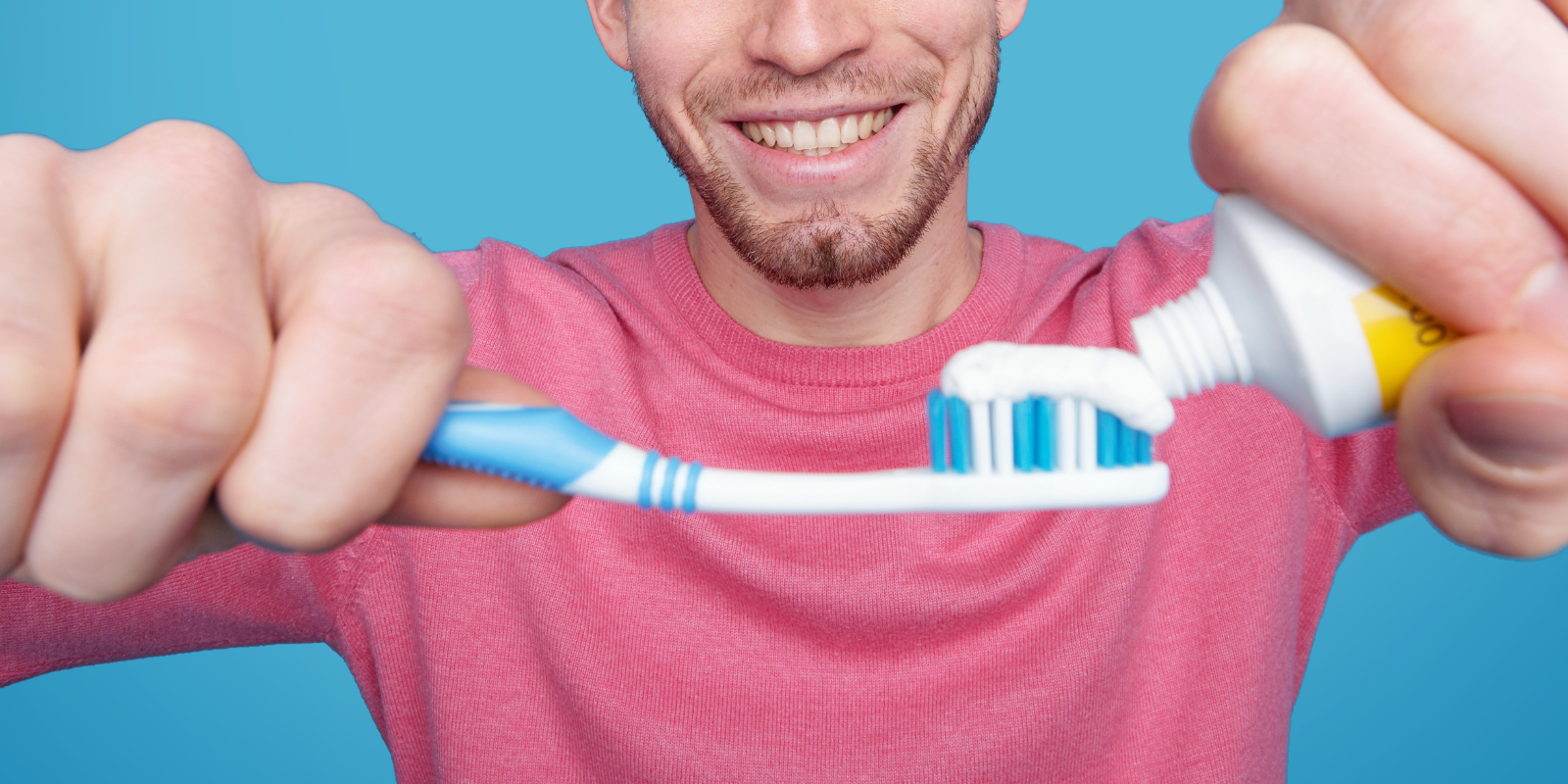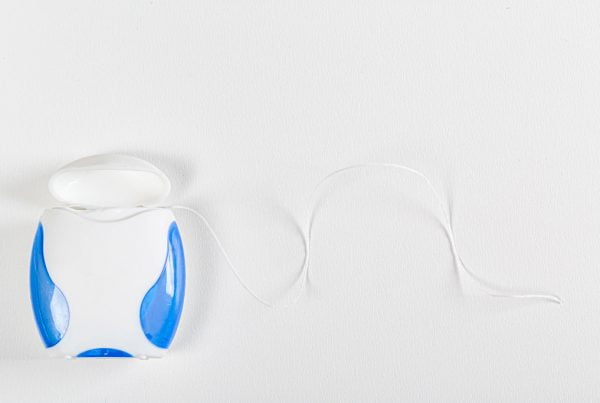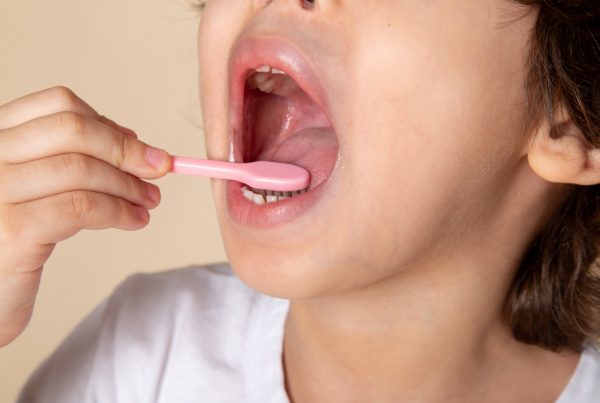
Dental bonding is a popular cosmetic dental procedure that enhances the appearance of your smile by masking minor imperfections such as discoloration, chips, or uneven surfaces. While the effects can be long-lasting, proper care is essential. How should you care for your teeth after bonding to enjoy a beautiful smile for years? In this article, we’ll walk you through everything you need to know.
What is dental bonding?
Bonding is a cosmetic dentistry technique that offers a quick and effective way to improve the appearance of your teeth. It involves applying a special composite material that mimics natural tooth enamel. This treatment provides an aesthetic and harmonious smile without the need for more invasive procedures such as veneers or crowns.
Step-by-step bonding procedure
Dental bonding involves applying a thin layer of composite material to the teeth, which is then sculpted by the dentist to achieve the desired shape and look. It’s also used to rebuild minor tooth damage. The procedure includes the following steps:
- Tooth preparation – gentle etching of the tooth surface with a special gel to improve bonding.
- Composite application – layering and shaping of the resin to achieve a natural appearance.
- Curing – using UV light to harden the composite material.
- Polishing – smoothing the surface to resemble natural enamel.
The procedure is painless and typically doesn’t require anesthesia.
Read More: Hydroxyapatite
Daily oral hygiene after dental bonding
Daily care is crucial to maintain the bonding’s appearance and durability. Brush your teeth at least twice a day using a soft-bristled toothbrush, as hard bristles may scratch the composite surface. Choose low-abrasive toothpaste to avoid micro-damage, and avoid whitening pastes, which may be too harsh for bonded teeth.
Flossing is essential for removing food particles and plaque from areas that a toothbrush can’t reach. Alcohol-free mouthwash can freshen breath and support gum health without weakening the composite material.
Be thorough but gentle during your routine to avoid damaging the bonding. Even minor scratches can trap stains. Also, be sure to schedule regular check-ups with your dentist to assess the condition of the bonding and receive personalized care recommendations.
What to avoid after dental bonding?
While composite is durable, it’s more vulnerable to damage and staining than natural enamel or porcelain. To maintain the bonding’s quality, avoid the following:
- Chewing hard foods or objects – such as nuts, ice cubes, hard candy, or biting pens and fingernails, which can crack or chip the composite.
- Staining foods and drinks – such as coffee, tea, red wine, dark juices, and berries. If consumed, rinse your mouth and maintain proper hygiene.
- Tobacco use – smoking causes fast discoloration of the composite material.
- Abrasive or whitening toothpaste – these can cause micro-abrasions that dull the bonded surface.
- Poor oral hygiene – neglecting hygiene may lead to decay or gum disease around the bonding.
- Skipping dental visits – small cracks or discolorations can be caught early and fixed before they become serious issues.
- Alcohol-based mouthwash – this can weaken the bonding agent over time.
- Ignoring sensitivity – temporary sensitivity is normal, but persistent issues should be evaluated by a dentist.
Why regular dental check-ups matter
Routine dental visits are essential after bonding. Even though the treatment is durable, composite materials require monitoring to catch early signs of wear or damage.
Dentists can detect issues such as chipping, cracking, or staining, and perform repairs when needed. Professional cleanings help preserve both your dental health and the appearance of the bonding.
Check-ups also allow your dentist to identify other oral health issues, such as decay or gum disease, which could impact the bonding’s longevity. Most patients benefit from check-ups every six months, but if you notice any issues—such as color changes, sensitivity, or fractures—schedule a visit right away.
Common bonding issues
While bonding is an effective method for improving your smile, it comes with some limitations. The composite material is more prone to staining and damage than natural enamel or porcelain.
The most common issue is discoloration from foods, beverages, or tobacco. Additionally, biting on hard items can lead to cracks or chips. Sometimes small gaps between the tooth and bonding material can develop, increasing the risk of decay. Temporary sensitivity may also occur but usually subsides within a few days.
To avoid these problems, follow proper care instructions and visit your dentist regularly. With the right maintenance, bonding can deliver a long-lasting, beautiful smile.
Summary
Caring for your teeth after bonding is essential for preserving the aesthetic results. A strong oral hygiene routine, avoiding harmful habits, limiting exposure to staining substances, and regular dental check-ups are the keys to long-lasting results. Remember: following your dentist’s instructions is an investment in your smile and oral health. With the right care, your smile will remain bright and confident for years to come.






